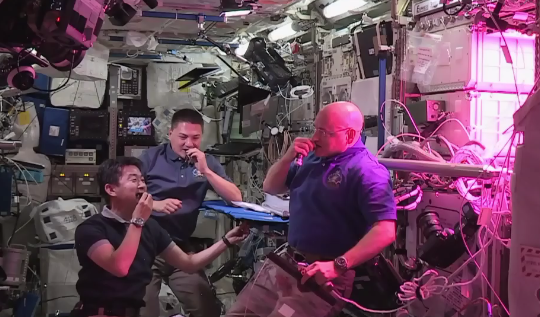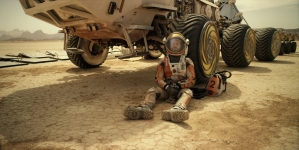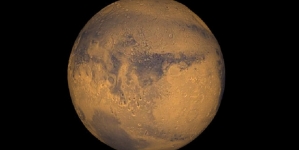-
Tips for becoming a good boxer - November 6, 2020
-
7 expert tips for making your hens night a memorable one - November 6, 2020
-
5 reasons to host your Christmas party on a cruise boat - November 6, 2020
-
What to do when you’re charged with a crime - November 6, 2020
-
Should you get one or multiple dogs? Here’s all you need to know - November 3, 2020
-
A Guide: How to Build Your Very Own Magic Mirror - February 14, 2019
-
Our Top Inspirational Baseball Stars - November 24, 2018
-
Five Tech Tools That Will Help You Turn Your Blog into a Business - November 24, 2018
-
How to Indulge on Vacation without Expanding Your Waist - November 9, 2018
-
5 Strategies for Businesses to Appeal to Today’s Increasingly Mobile-Crazed Customers - November 9, 2018
Astronauts eat first food grown in space
This lettuce, which is grown in rooting “pillows”, that contain the seeds, was started by Kelly on July 8 and grown for 33 days. And after 16 months of experimenting with red lettuce aboard the Columbus module of the global Space Station, it all boiled down to a final hurdle, a taste test, followed by Kelly’s first words critiquing the launch of one of the most important components of space travel – self-sustainability (like going to Mars and beyond).
Advertisement
It is due to the fact that the scientists found out that fresh foods, including red lettuces, are considered to be good sources of antioxidants. Growing fresh food also helps to recycle the air in spacecraft, converting carbon dioxide exhaled by the astronauts back to oxygen.
NASA said that the idea behind the out-of-this-world fare is to provide future astronauts with sustainable food supplements especially for long-distance trips, like to Mars.
The further humans move away from the Earth, the greater the need to be able to grow plants for food and for the recycling of the atmosphere as well as for psychological comfort, she said.
Astronauts will eat half the harvested produce, and package and freeze the rest for later testing on Earth.
The collapsible, expandable unit on which the plants are grown was developed by Orbital Technologies Corp.
The purple/pinkish hue surrounding the plants is the result of a combination of the red and blue lights which by design emit more light than the green LEDs.
The astronauts said “cheers” before eating the lettuce, which they sampled both plain and seasoned with olive oil and balsamic vinegar.
As part of NASA’s plant experiment dubbed Veg-01, red-leaf lettuce was grown and harvested in little “pillows”.
Space exploration may seem glamorous, but it’s no picnic for the astronauts who sign up to work aboard the global Space Station.
“But the quantity is limited and must be consumed quickly”.
Advertisement
They tried the romaine by itself first to get the full effect, then added some vinaigrette. “For decades NASA and other agencies have experimented with plants in space”, NASA said in a statement.





























